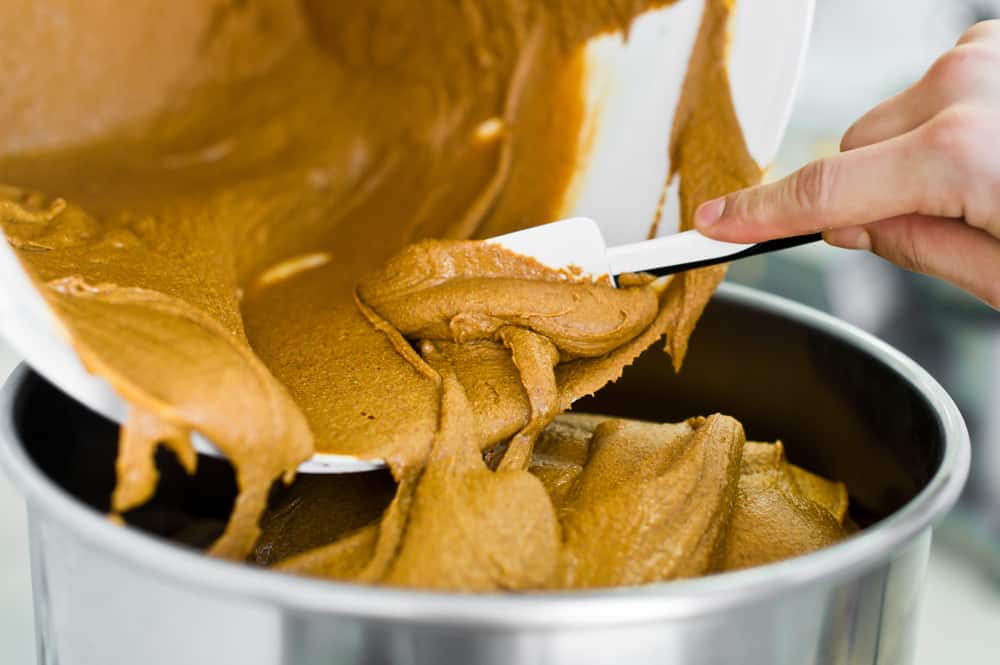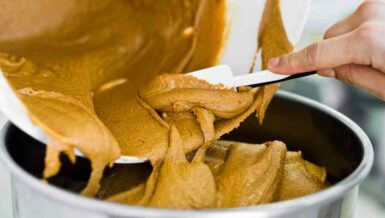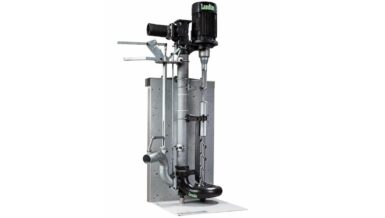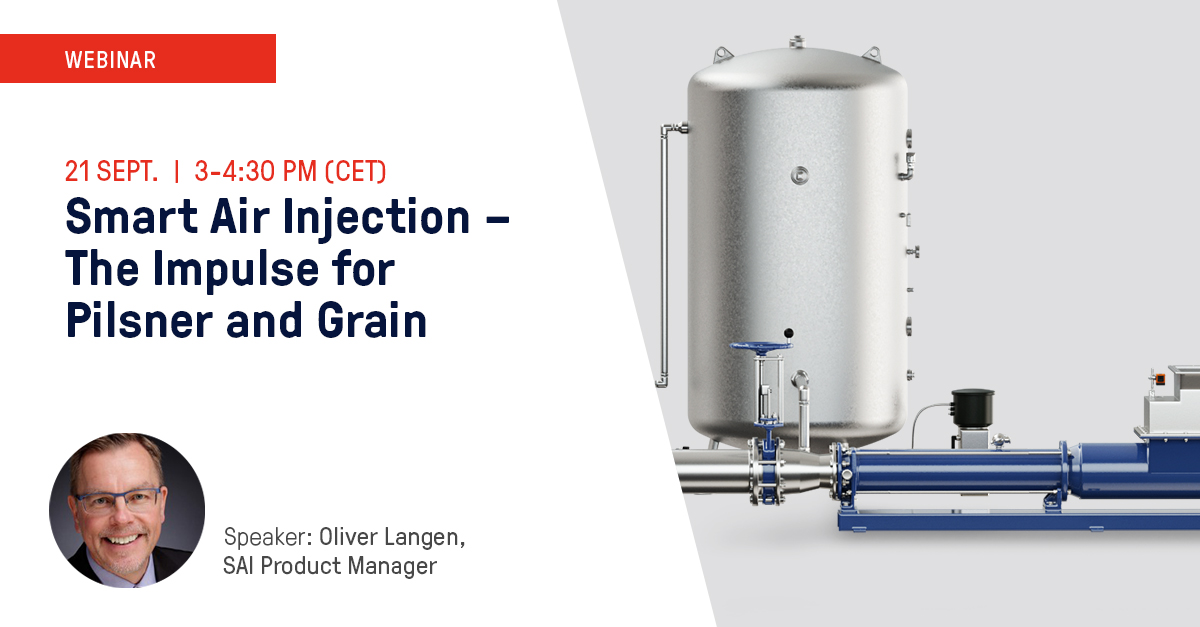Use the best pump for the job
For high viscosity fluids you will need a really strong and powerful Viscous Pump. You’re going to need a viscous pump that can handle the higher pressures required to move heavy, viscous fluids. Where a centrifugal pump is good on water or juice, it will not pump caramel or tomato paste! Kecol’s Viscous Pumps use Piston pumps for most of our high viscosity pump duties as they offer a partial vacuum to help suck the product into the pump, we can also use other pump types such as rotary lobe, twin-screw, progressive cavity or other pumps from our portfolio.
Use a big pump and run it slowly
Using a pump with a large inlet and large internal cavities makes things easier by reducing resistance and overcoming bottlenecks…passing a camel through the eye of the needle is not easy! Running at low speeds not only protects shear-sensitive fluids or entrained sensitive solid particles but it also helps the pump to grab hold of the liquid and pump continuously without cavitating.
Size matters! Use large bore discharge pipe or hose.
The bigger the internal bore of your discharge pipework, the lower the resistance caused by friction losses. The friction loss difference between 2-inch and 4-inch can be massive and make or break a high viscosity pump project. Bottom line – use as fat a pipe as possible and keep the pressure down!

Keep the discharge distance to a minimum.
As we said above, size matters, so where discharge pipework bore size needs to be as large as possible, discharge pipework length needs to be as short as possible! To keep friction losses as low as possible, make the discharge pipework run as short as possible and have as few bends as possible.
Provide a positive feed to the pump inlet
Pumping from beneath a tank via gravity. If you’re relying on gravity to feed the pump inlet from the bottom outlet of a large tank or vessel, make sure there is a minimal length of big bore pipework between the pump inlet and the supply of product. Ideally, you should connect the pump inlet directly to the tank outlet. If the tank can be pressurised (usually with compressed air or Nitrogen), this positive pressure will assist natural gravity to push the high viscosity fluid towards the tank outlet and into the pump inlet. This can be essential in a closed tank where the fluid viscosity is high enough that the ‘fluid’ doesn’t actually flow.
Viscous Pumps to ‘lift’ high viscosity fluids
In some scenarios, you may need the pump to suck (self-prime) from an open-top drum or IBC. This can be done with the help of a suction lance or hose. For very high viscosity, non-flowing media, the pump can be mounted on a priming plate that pushes down into the drum or IBC and primes the pump as the assembly moves down into the container. Our Power Prime, Maxim Prime and Mega-Prime pumps are built to suit the application
Pump Feeders for high viscosity material and solid blocks
If you’re working with solid blocks of butter or non-flowing paste, you need a pump-feeder to positively push the product to the pump inlet. A pump-feeder would typically use a single screw or twin screws or maybe even more screws depending on the duty.
Call Kecol Pumping Systems for advice and help. We have distributors worldwide to ensure we can supply across the world.






























